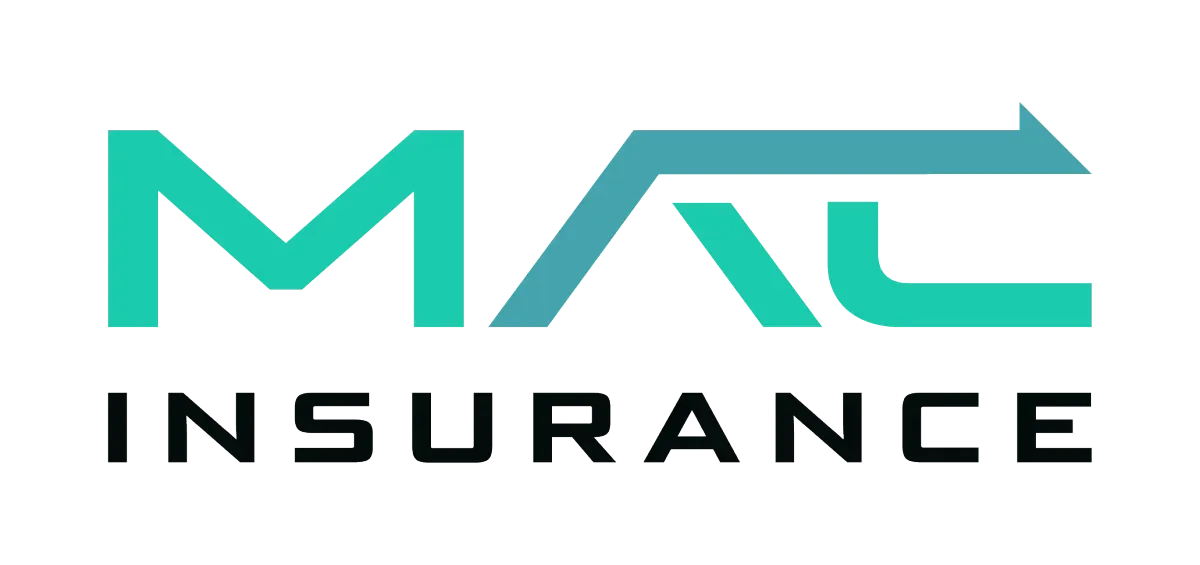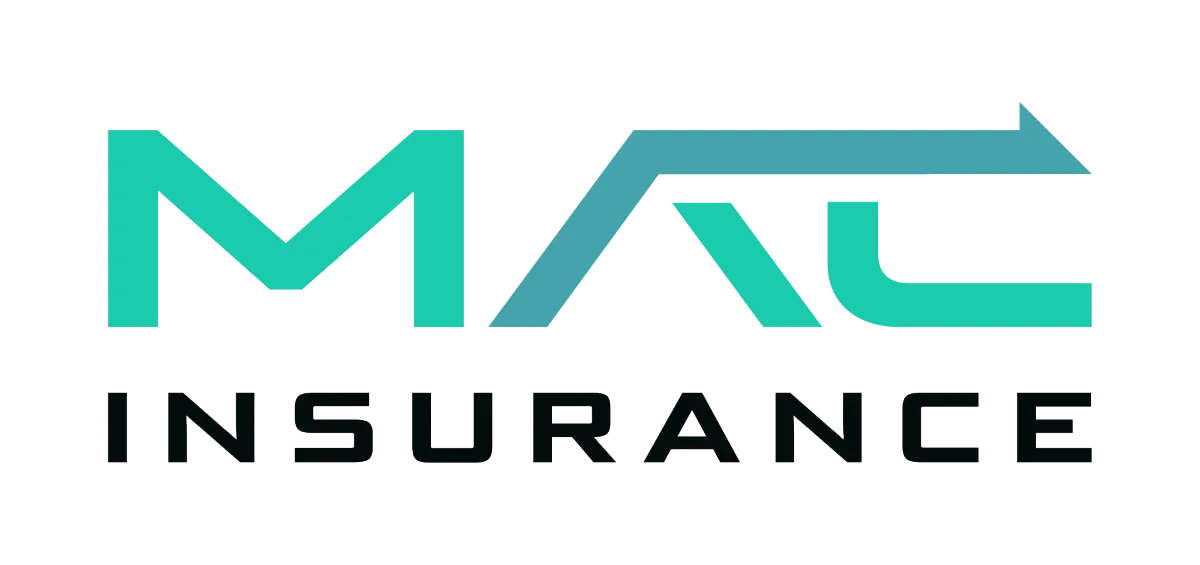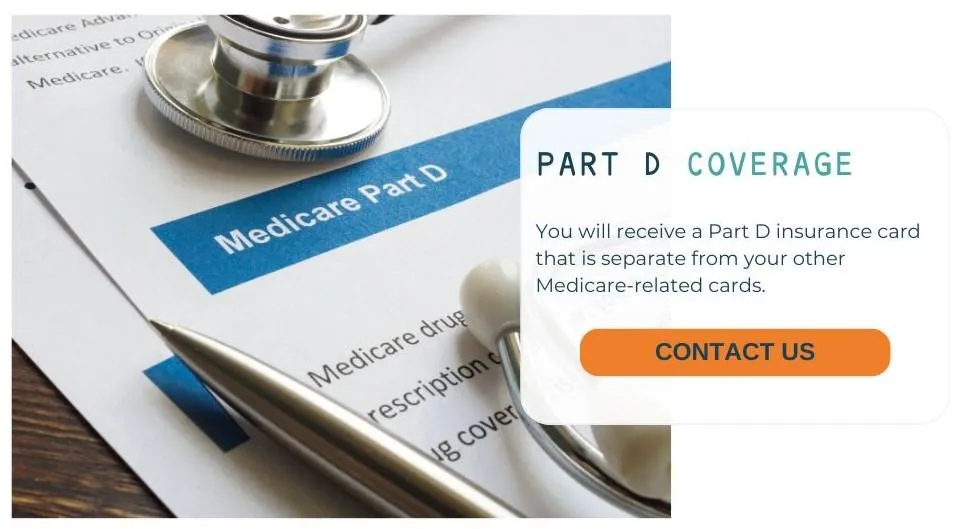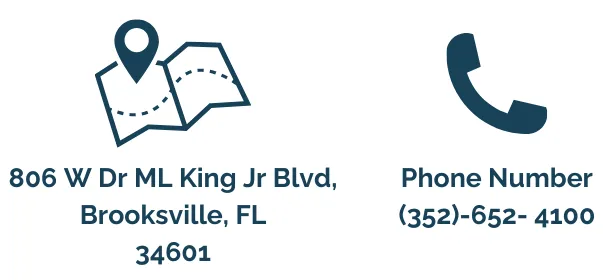What Is Medicare Part D?
Medicare Part D is a prescription drug program run by private insurance companies. You can get coverage by enrolling in a standalone Part D plan or choosing a Medicare Advantage plan that includes drug coverage.
Original Medicare (Parts A & B) does not cover most prescriptions, so a Part D plan helps pay for medications from your local pharmacy. These plans have a monthly premium, deductible, and copays.
When you enroll, you'll get a Part D insurance card to use when filling prescriptions.
How Does Medicare Part D Work?
Medicare Part D has four coverage phases, each with different costs for your prescriptions. Whether you have a standalone Part D plan or a Medicare Advantage plan with drug coverage, the same rules apply.
Phase 1: The Deductible Phase
At the start of the year, you pay out-of-pocket for your prescriptions until you reach your plan’s deductible. Some plans waive the deductible for lower-tier, generic drugs, so you may not have to pay it for certain medications.
Phase 2: Initial Coverage
After meeting your deductible, your Part D plan helps pay for your prescriptions. You’ll pay a copay or coinsurance, depending on the drug tier, while the plan covers the rest.
Here’s how drug tiers typically work:
Tier 1: Preferred generic drugs (least expensive)
Tier 2: Preferred name-brand drugs
Tier 3: Non-preferred name-brand drugs
Tier 4: Specialty drugs (most expensive)
Note: In 2025, the Coverage Gap Phase, often referred to as the "donut hole," has been eliminated. This change simplifies the coverage structure, reducing fluctuations in out-of-pocket costs.

Phase 3: Catastrophic Coverage Eliminated
Starting in 2025, Medicare Part D will no longer have a catastrophic coverage phase. Instead, once you spend $2,000 out of pocket on prescription drugs, you won’t have to pay anything more for the rest of the year. This change makes costs more predictable and helps those with high drug expenses. However, some plans may adjust premiums or structures, so it’s important to review your coverage during open enrollment.

How to Enroll in Medicare Part D
Enrolling in Medicare Part D is simple, but you need to do it at the right time to avoid penalties.
1. Check Your Eligibility – You must have Medicare Part A and/or Part B to enroll in a Part D plan.
2. Choose a Plan – Compare plans based on your medication needs, premiums, deductibles, and pharmacy network.
3. Enroll During the Right Period:
● Initial Enrollment Period (IEP): When you first become eligible for Medicare (3 months before to 3 months after your 65th birthday).
● Annual Enrollment Period (AEP): October 15 – December 7 each year, to switch or join a plan.
● Special Enrollment Period (SEP): If you qualify due to certain life events (e.g., losing employer coverage).
4. Sign Up – You can sign up for a Medicare Part D plan through MAC Insurance by contacting our agents,
Tip: Even if you don’t take many medications now, enrolling on time helps you avoid late penalties!
Don’t Ignore Medicare’s Annual Election Period
Medicare’s Annual Election Period (AEP) runs from October 15 to December 7 each year and is your chance to review and change your Medicare coverage. During this time, you can switch Medicare Part D plans, change Medicare Advantage plans, or return to Original Medicare. Ignoring this period could mean missing out on better coverage or lower costs.
Contact MAC Insurance to explore your options and ensure you have the best plan for your needs.
Medicare Part D
Assistance with
COVERAGE GAP
In 2025, Medicare Part D will cap out-of-pocket drug costs at $2,000. You’ll pay 25% in the coverage gap, but after reaching the limit, your medications are fully covered.
Since plans change each year, MAC Insurance can help ensure you have the best coverage and avoid potential gaps.
ADDITIONAL QUESTIONS TO BE ADVISED ON:

How does the new $2,000 out-of-pocket cap affect me?
In 2025, Medicare Part D will limit your yearly drug costs to $2,000. After reaching this amount, your medications are free for the rest of the year.
What happens if I don’t enroll in Part D when I’m first eligible?
If you don’t enroll when first eligible and don’t have other drug coverage, you’ll have to pay a late fee added to your monthly premium forever. The longer you wait, the higher the fee.
Are there programs to help with Medicare Part D costs?
Yes! Programs like Extra Help can lower your drug costs if you qualify. Some states and drug companies also offer discounts.
📩 Contact us today and let us represent you for FREE!
We are not connected with or endorsed by the United States government or the federal Medicare program. We do not offer every plan available in your area, and any information we provide is limited to those plans we do offer in your area. Please get in touch with Medicare.gov or 1-800-MEDICARE to get information on all your options.
Copyright © 2025 MAC Insurance. All rights reserved.








